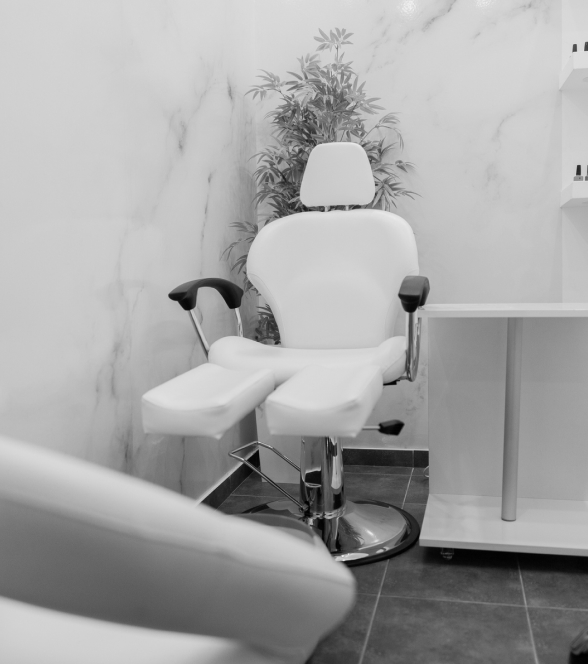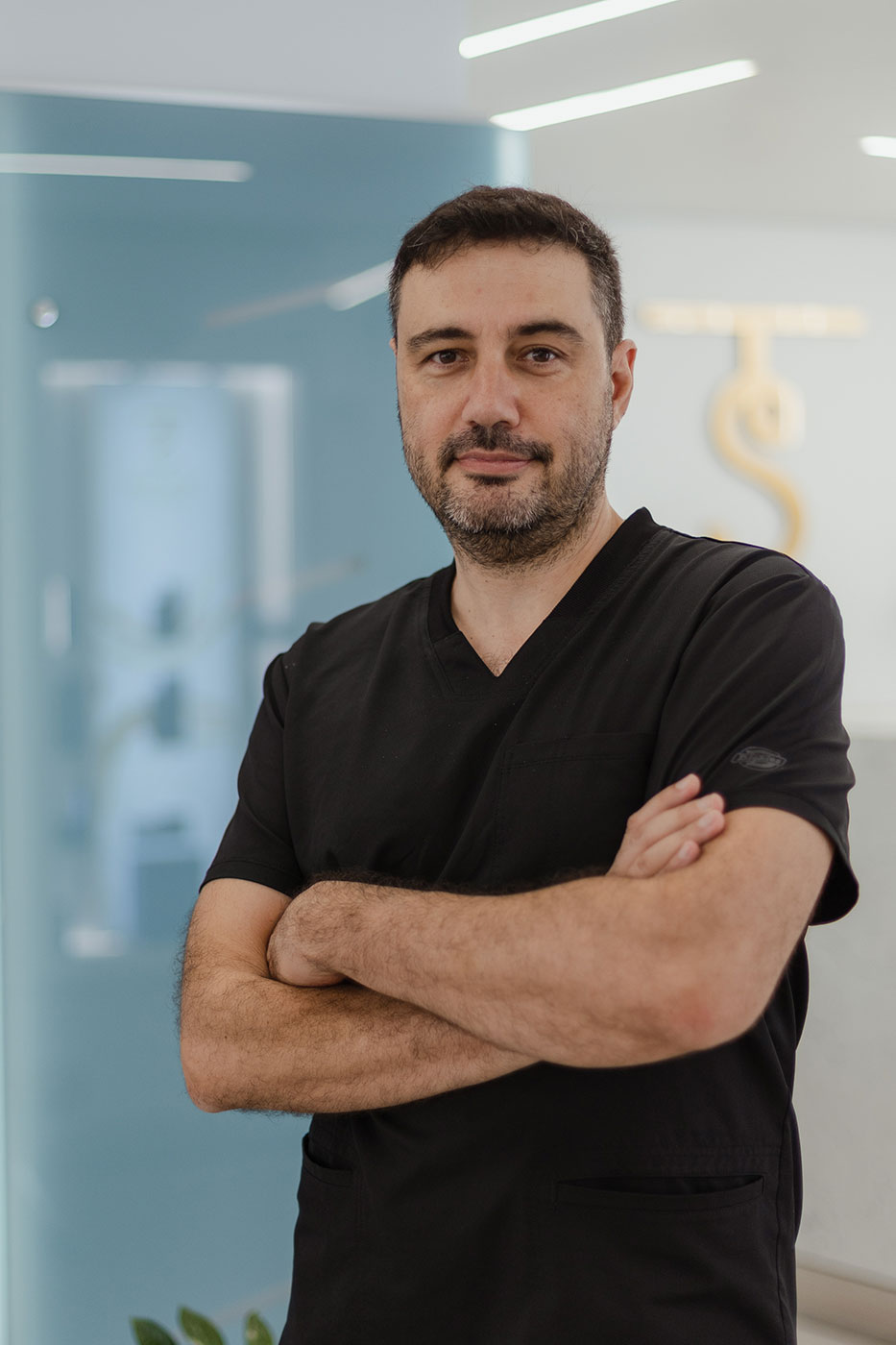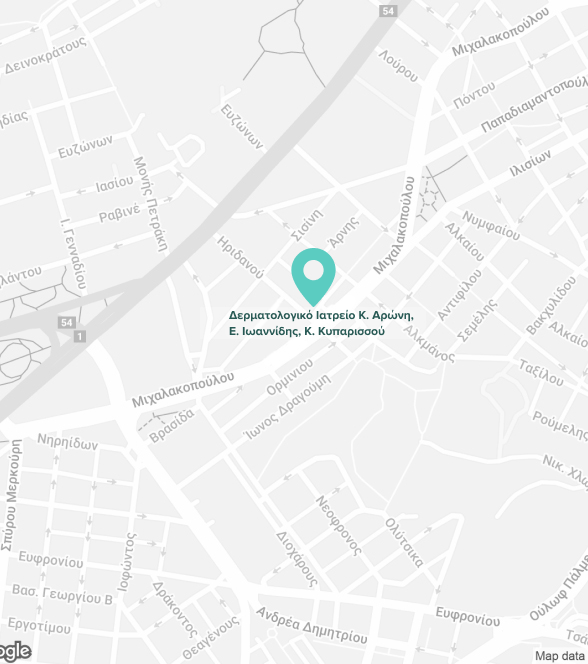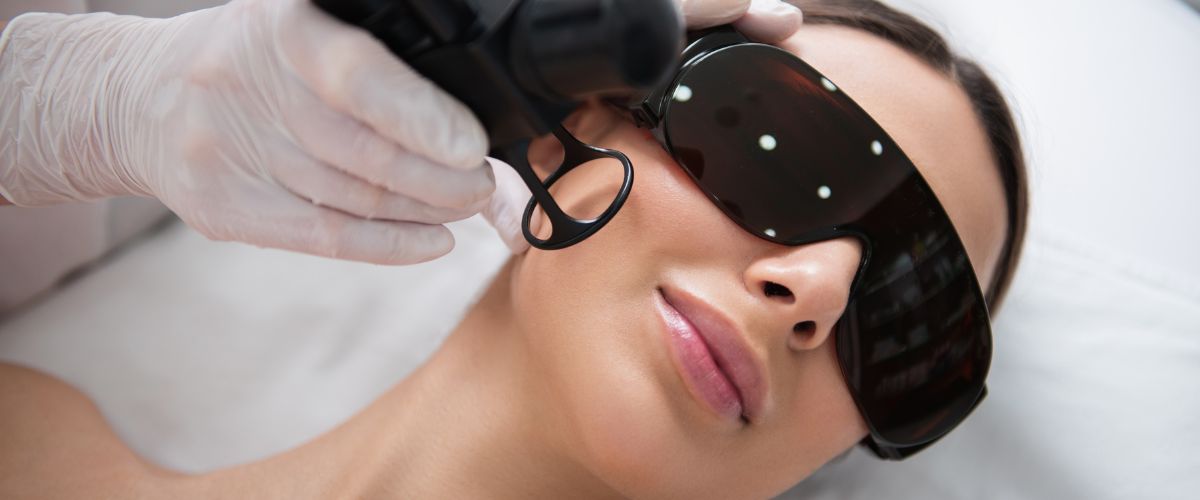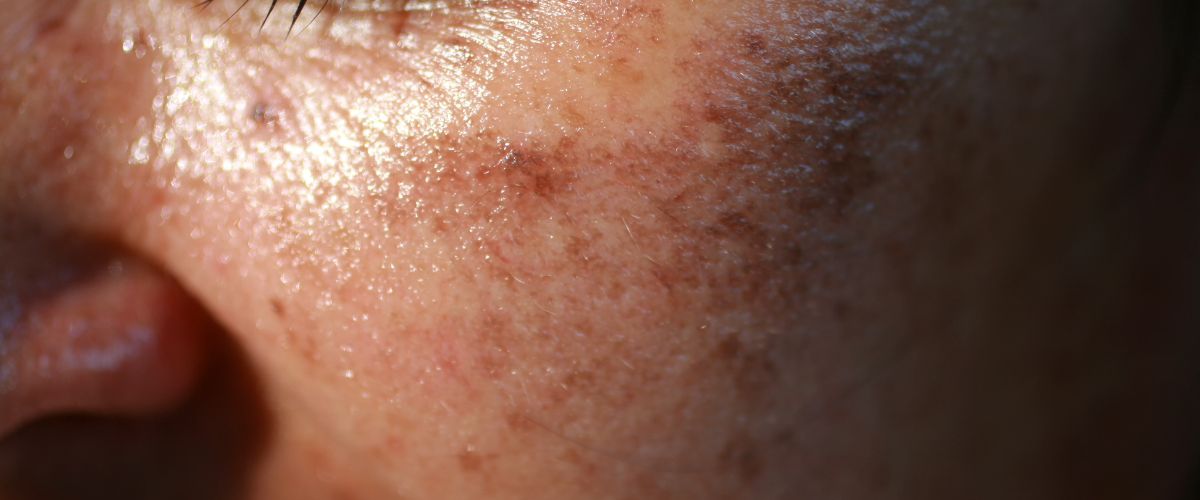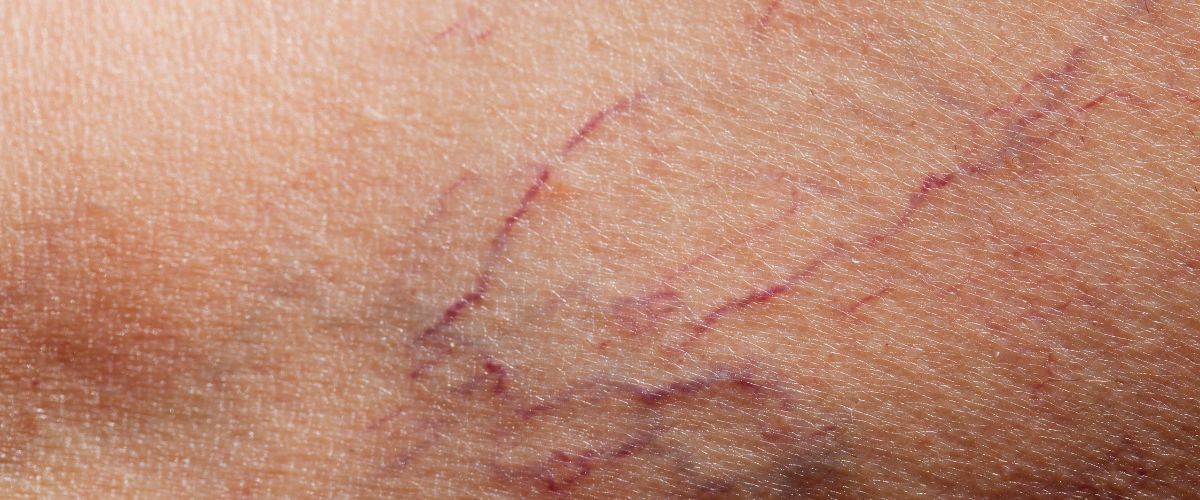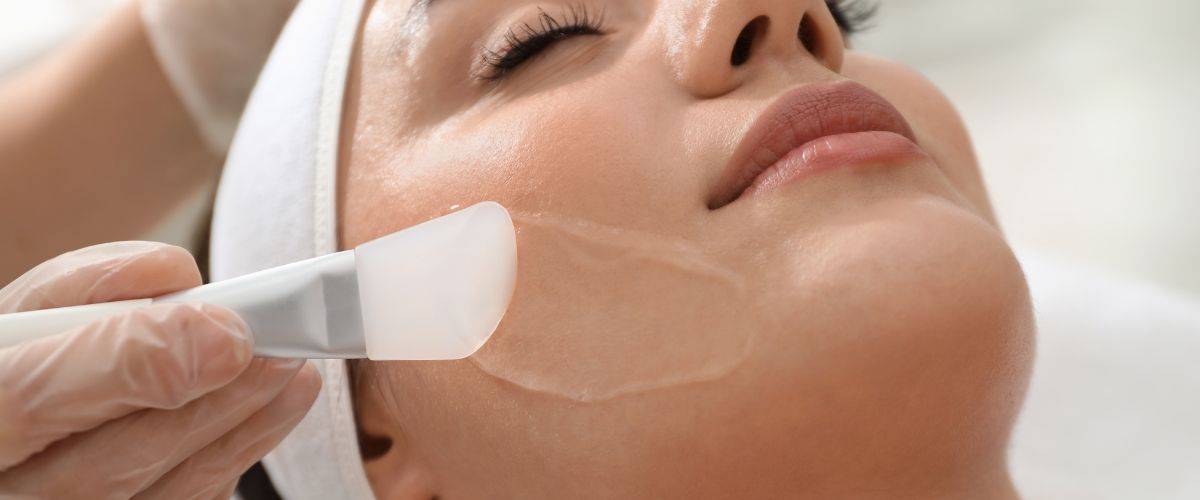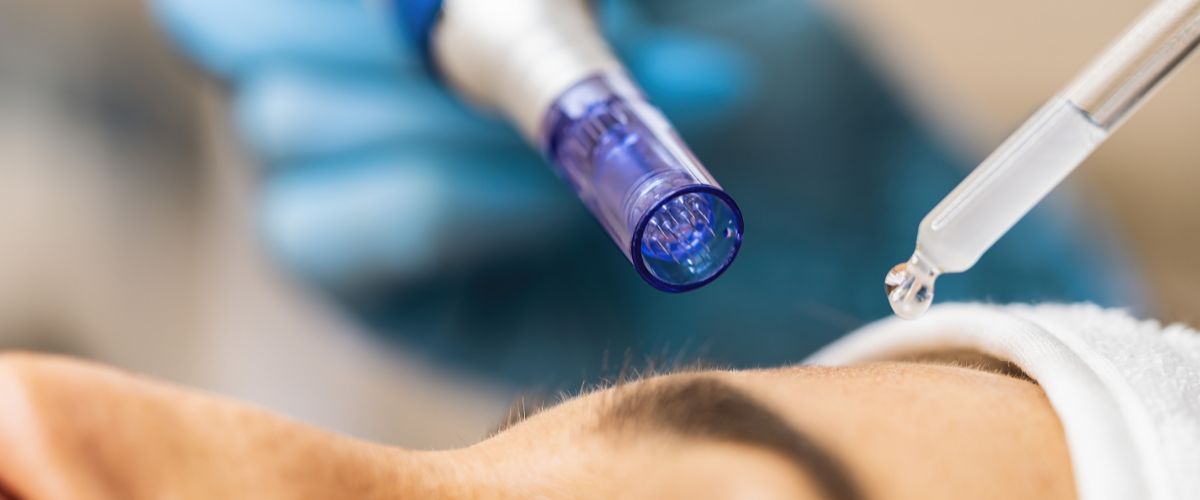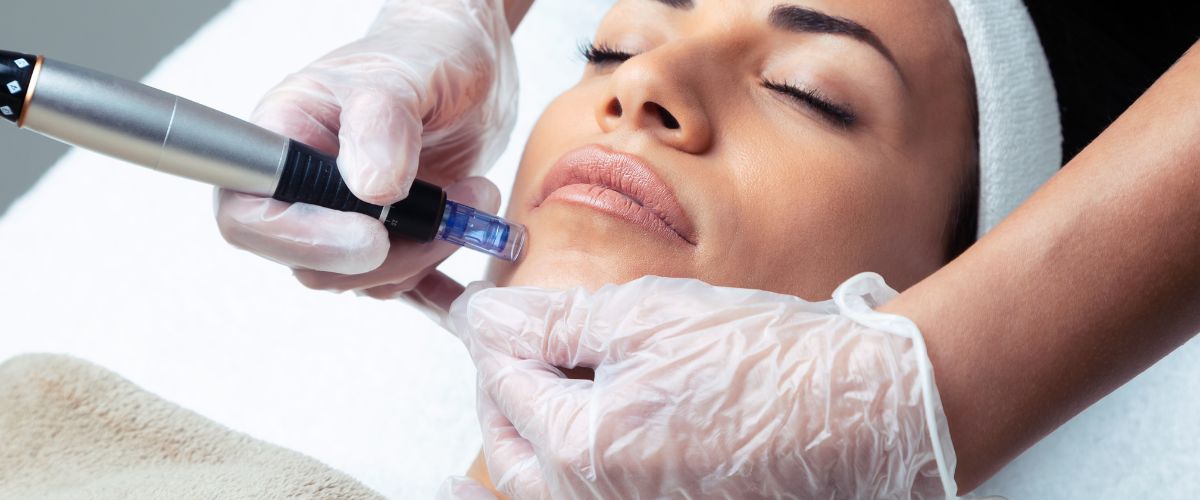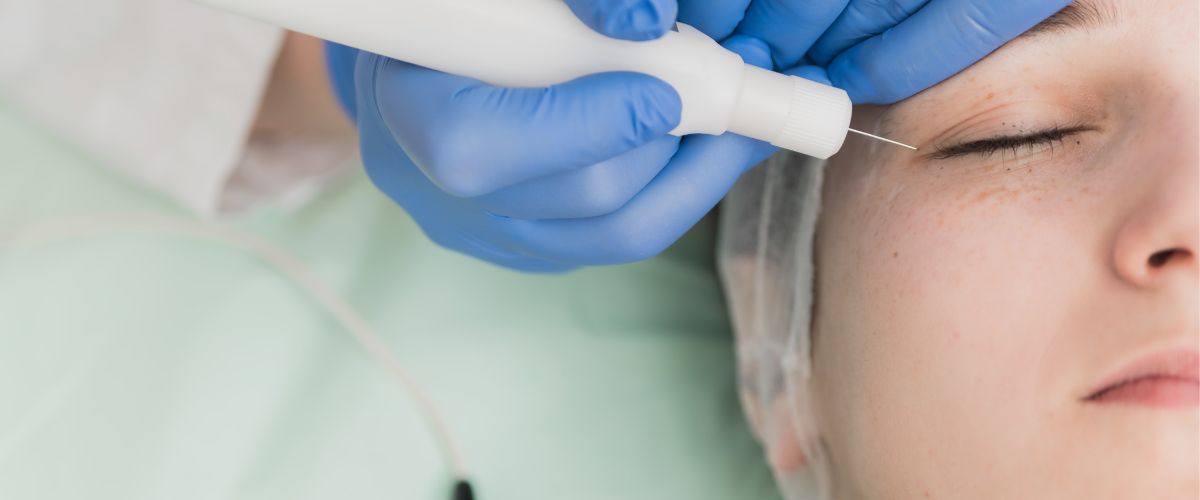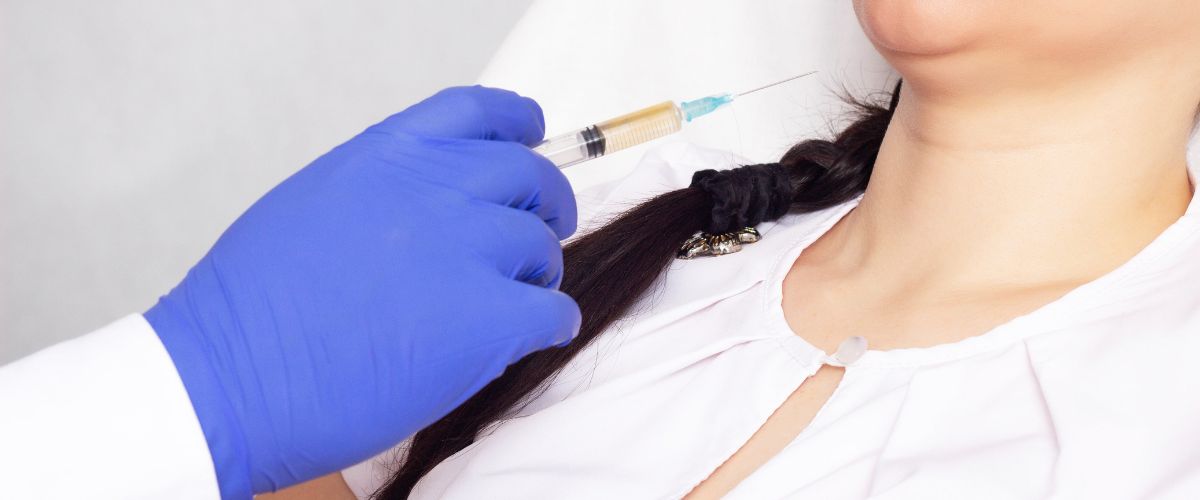The development of lasers and their applications has revolutionized the field of Dermatology. Through their use, we have gained the ability to induce controlled damage to the skin and promote its renewal and better healing. In contrast to uncontrolled inflammation, such as from cystic acne, which can lead to the formation of scar tissue during healing, the specific parameters we set in the laser lead to highly targeted and controlled thermal activation of the healing process, resulting in the production of new collagen in the dermis and replacement of scar collagen that is of lower quality and reduced elasticity.
They also stimulate the body to re-epithelialize the area of the skin receiving thermal energy and desquamating. The new skin produced is thicker and more youthful. In this way, aged skin, often atrophic and wrinkled, acquires a more well-nourished thickened skin with new elastic fibers and better collagen fibers in the deeper skin. Additionally, any imperfections on the skin, such as spots and signs of aging, are diminished, and a rejuvenated skin appears within a few days.
How does CO2 Laser work?
Carbon dioxide Laser emits energy at a frequency of 10,600nm in the infrared radiation. The target is the water molecules that absorb energy at this frequency. Considering that we are made up of 70% water, we understand why this Laser is more aggressive and can be used as a scalpel for many interventions, cauterizations, etc.
The "burning" it causes on the skin has been utilized from the early years to induce collagen production and skin remodeling. The parameters we give to the machine concern the intensity of the energy, the pulse time, and whether we will stack pulses at a point for a more aggressive treatment.
Application at more aggressive intensities is painful, and measures of local anesthesia ranging from the application of an anesthetic cream for a sufficient time before, the injection of local anesthesia in the area, should be taken. The results, especially in aggressive applications, can be excellent even with one application.
However, it was realized that several days of recovery prevented many from undergoing this application, as well as that while more open skins could have better results without healing problems afterward, conversely, darker skins could suffer from post-inflammatory hyperpigmentation.
Fractional CO2 Laser
A solution that was found is for the surface affected by the laser and therefore its pulse to be divided into fractional points. With this technique, instead of burning an entire surface, causing its regeneration, we selectively burn points within it, the density of which is determined by our settings, along with all the other parameters we mentioned.
At these points, we cause pockets of thermal energy impact, causing collagen production and new skin formation, while their neighboring points, which have not been burned, help in faster healing. This way, we drastically reduce the recovery time, and with the right case selection, we almost eliminate the possibility of post-inflammatory hyperpigmentation.
In general, a very aggressive application requires 7-10 days of recovery, after which we have skin peeling and skin renewal. Collagen production, which starts with the thermal energy of the laser, begins almost a month later, so in 2-3 months, we see permanent results of skin tightening and regeneration. This method addresses wrinkles, scars, and stretch marks, while also improving skin texture.
Other Options Instead of Fractional CO2 Laser at Totalskin
As we tried to explain, the application of carbon dioxide laser is a valuable option in the dermatologist's arsenal, but it is not the only option, and there are times when another method is preferable.
The Fractional technique, namely the fractionation of the pulse, can be applied to any laser machine. In our office, we have the following options:
Fractional Erbium glass laser at 1550nm, which has the property of bypassing the epidermis and directly affecting the deeper skin. This causes collagen production and thickening of the skin due to better nutrition, improving elasticity and aging of the skin, reducing scars, minimizing pores, and tightening. However, it does not affect superficial skin damage such as spots and keratosis. Also, as understandable, it has significantly less recovery than carbon dioxide laser, as it does not involve peeling but only a little redness and swelling, so after 2-3 days, you can return to work or school.
Fractional Nd: YAG laser at 1064nm, which performs cold ablation. Its application leads to small hole-like ablations of the skin and skin renewal without the thermal impact of other lasers, making it safer for darker skin tones in treating acne scars and spots. At low intensities, it is almost completely painless.
Fractional RF. Here, essentially, we have small special needles that enter the skin and when they are at the deeper point (a few millimeters), they emit energy in the form of radio frequencies. This thermal energy causes regeneration and collagen production with subsequent tightening, without affecting the skin almost at all. This makes it an excellent and safe method for scar regeneration and skin tightening in darker skin tones, although its high effectiveness makes us prefer it even in lighter tones. However, the application requires some form of local anesthesia, at least the application of anesthetic cream.
Other methods such as Dermabrasion, subcision of scars and wrinkles, as well as Dermapen, which we develop in another article. Here we do not have a machine, but this is not a disadvantage. With the dermabrasion method, we can have truly impressive results by essentially scraping and removing the skin. Smoothing it can have extremely good results in acne scars and wrinkles. It has no thermal energy at all and surprisingly hurts much less than other methods. However, recovery is 7-10 days, and we restrict you to your home for the first twenty-four hours. In subcision, after the application of local anesthesia, we use a special needle to break up the fibrous tissue pulling down the skin in a scar or wrinkle. This release and in some cases the application of PRP (platelet-rich plasma) lead to surface smoothing. Recovery is minimal but bruising is common. There is also the possibility of chemical breakdown of fibrous tissue by injecting special enzymes, which has no recovery at all. With the Dermapen application, we have a series of special needles that cause controlled-depth micro-trauma, leading to skin regeneration and renewal. It is a safe method even in darker skin tones for acne scars. It has less effect on more aged skin, which seems to benefit more from thermal stimulation for tightening.
The most important thing is always the correct assessment of the case for choosing the approach, while often we make combinations of therapies for maximum results. In almost all our treatments, we also recommend the application of platelet-rich plasma (PRP), which we take from the patient shortly before the application. This maximizes results and reduces recovery time.

